While he began as the charismatic face of Tekken when it made its 1994 debut in arcades, Kazuya Mishima has since become synonymous with sheer ruthlessness and evil ambition. A world-dominating tycoon who freely abuses his Devil Gene powers by T8, he has cemented himself as one of the most memorable villains in the history of fighting games. This status can make it easy to forget that the Kazuya of the original Tekken reflected a different vision of the character, a brooding protagonist who wouldn’t cross drastic moral lines for years to come.
In a genre of games that often focuses on world-class martial arts masters who have fully committed to that aesthetic, Kazuya initially stood out for his relatability as a more modern take on the concept. Despite embodying most of those typical tropes, he felt grounded compared to the fantastical designs of his contemporaries and formed a major part of Tekken‘s lasting appeal. The seeds of darkness that later bloomed were always present within him, but he first appeared poised for a far more redemptive arc than what has played out.
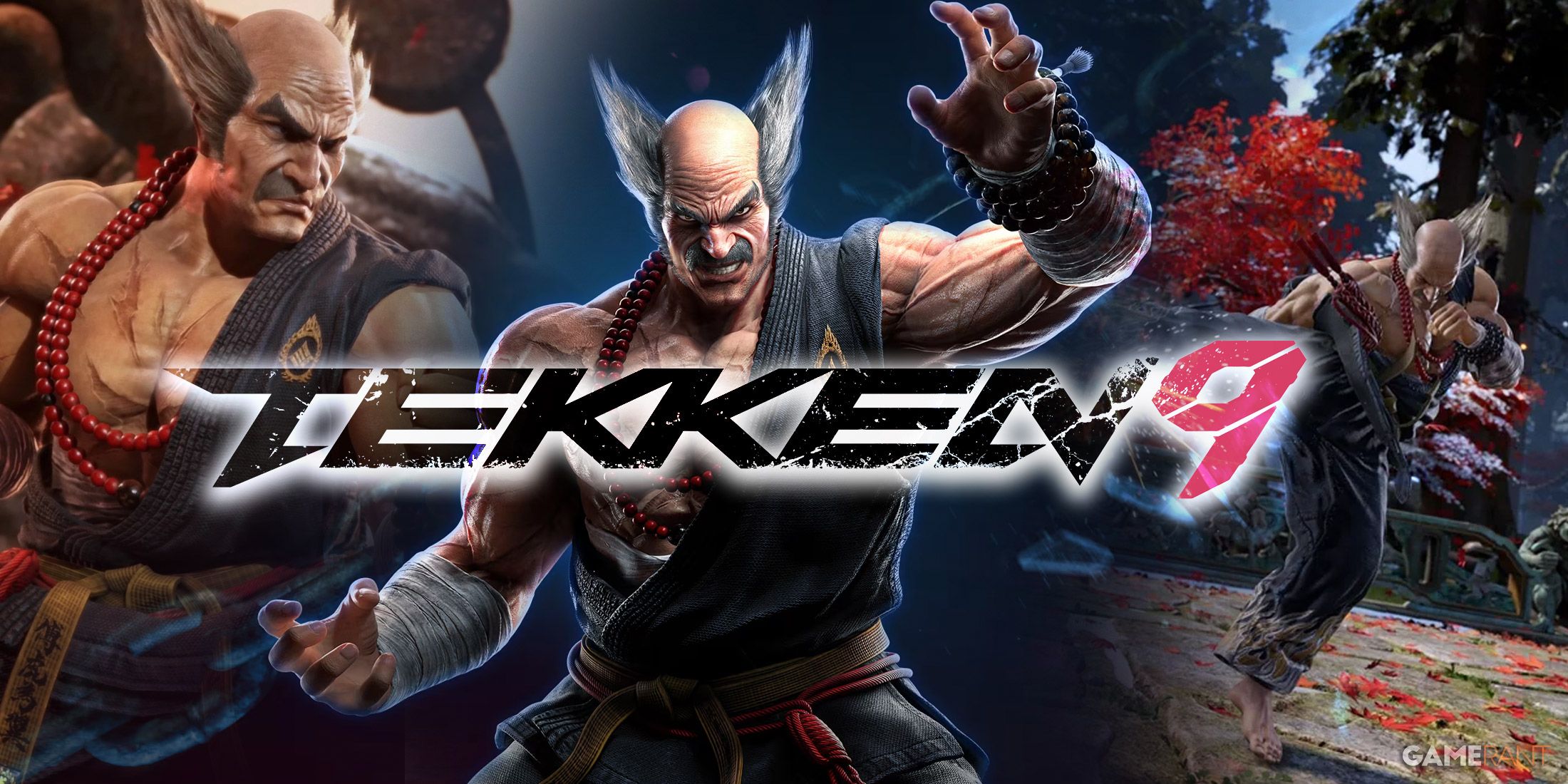
Related
What Heihachi Mishima’s Return in Tekken 8 DLC Could Mean for Tekken 9
The unexpected resurrection of Heihachi Mishima has subverted the direction Tekken 8’s story appeared to have followed, making him relevant as ever.
Kazuya Mishima’s Villainous Arc Has Made Him Unrecognizable From His Anti-Hero Beginnings
Tekken’s Youthful Protagonist Was a Victim of Circumstance
Before he was a tyrant, Kazuya was a sympathetic character who survived the tragic abuse of his father, Tekken‘s Heihachi Mishima, through sheer force of will. He was presented as an underdog who sought retribution for being thrown from a cliff as a defenseless child, a story that resonated with players through its vulnerability. While he may have shown some malevolence when he smirked after getting revenge on his father in his original ending, Kazuya’s earnest expression of joy also made it seem like inner peace was possible if he then moved on.
Hope for Kazuya’s Redemption Was Dashed Starting with Tekken 2
The subversive direction of T2 poised Heihachi as the new protagonist against a darker Kazuya who was more in tune with his Devil side, and this marked a point of no return for the character in the long run. While the Devil form wasn’t even accessible in the original arcade version of Tekken, only appearing once Heihachi was playable in the console release, it later became a central part of Kazuya’s antagonistic role in the sequel.
Kazuya’s Role in the Original Tekken Held a Refreshing Mirror Up to Fighting Game Tropes
How a War Criminal Started as a Relatable Martial Artist
At a time when fighting game protagonists were often idealistic heroes, Tekken came into the market with a grey analog to that archetype. While Ryu from Street Fighter or Akira Yuki from Virtua Fighter have always been aspirational paragons of discipline and morality, Kazuya unleashed his inner darkness on a deserving target to get brutal justice. By leaning into the trends of the 90s, with everything from his alternate outfit of sneakers, jeans, and a tank top to his general edgy nature, he stood as a humanized portrayal before he rose to megalomaniacal heights. Back in a 2011 Gamasutra interview archived by VG247 with Katsuhiro Harada, the series lead spoke on the series’ exaggerated yet down-to-earth vision, which seems to have informed that characterization:
“It’s not ‘real’ realism so much as ‘wouldn’t it be nice if things were like this’ realism. That’s what we aim for here, this manga or movie-like atmosphere that has impact upon the observer. We try to portray what people expect of the reality they see within games.”
T1’s Legacy Has Now Cast a Shadow Over Tekken’s Future
It could be argued that Kazuya has ultimately been suffering from the pains of his unhealed inner child, and therefore has never truly developed past his emotional state in the first game. Now that Tekken 8‘s narrative foreshadowing has implied that the Devil Gene could have been responsible for corrupting him all along, being rid of the power in the future could see a reversion back to his older personality. Kazuya’s wholesome interest in sneakers from the original Tekken never disappeared after all, as shown in his surprisingly goofy T8 ending.
Source link
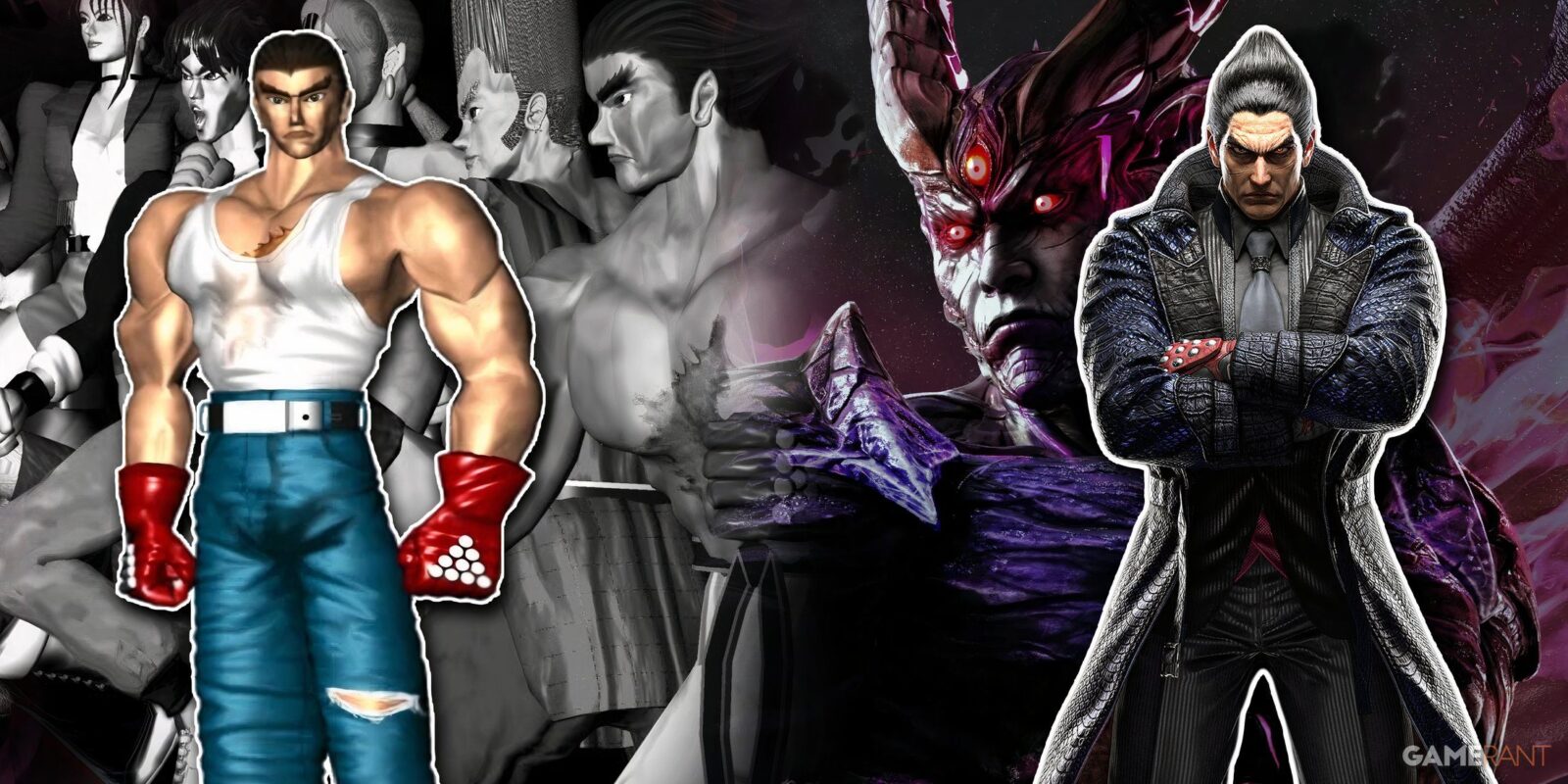

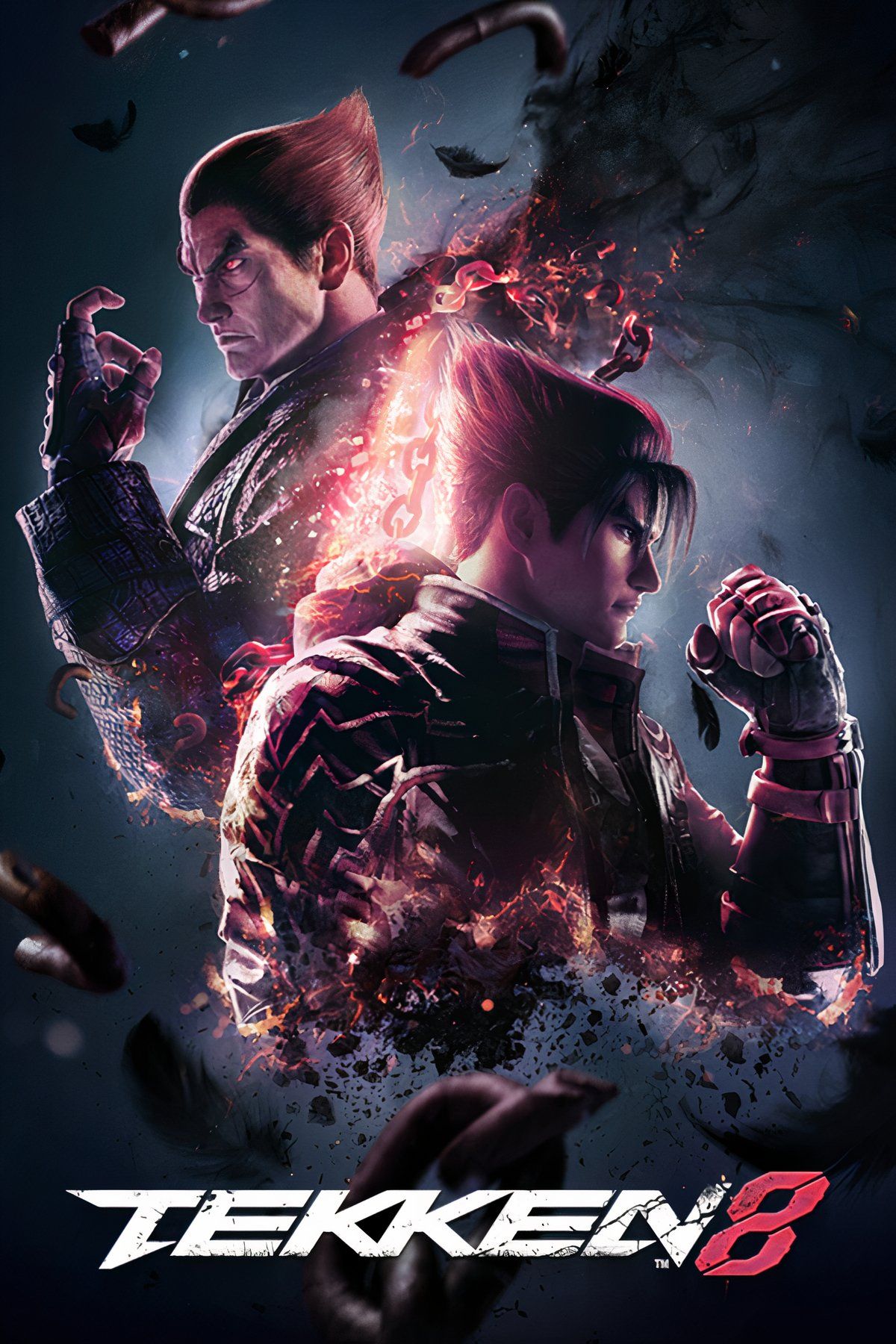
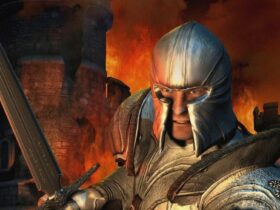

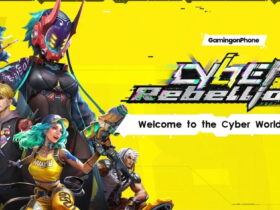

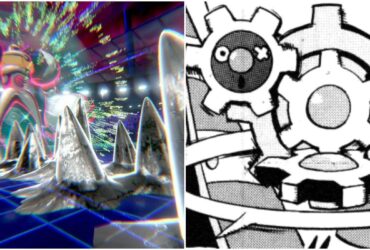




Leave a Reply